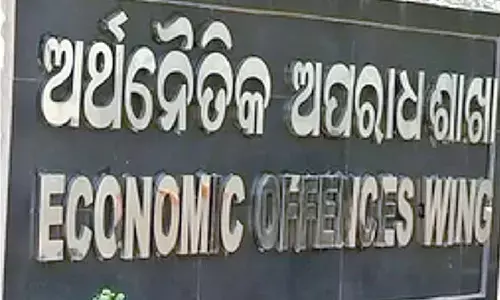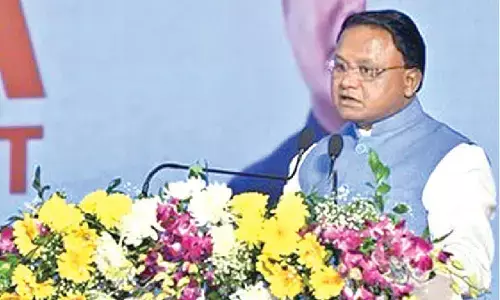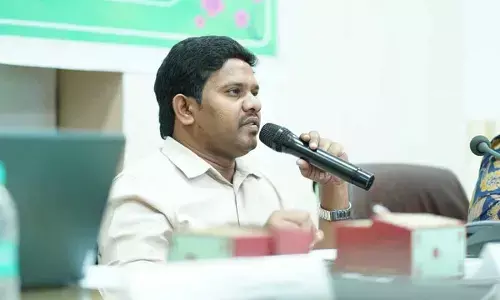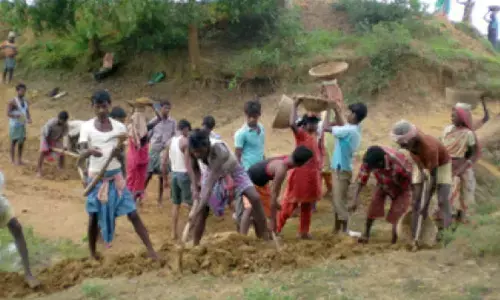Explore ways to push mass housing

Explore ways to push mass housing
Urban India suffers from a massive shortage of adequate housing.
Urban India suffers from a massive shortage of adequate housing. The demand for adequate and affordable housing is expected to grow further in the decades to come as India urbanises rapidly. Mass housing projects will gain importance to supply housing to the lower- and middle-income segments in Indian cities.
The conventional process of constructing mass housing is time-consuming, produces large quantities of construction waste, and is of poor quality and durability. As asserted by Indian Council for Research on International Economic Relations (ICRIER), alternative construction technologies offer an improvement over conventional construction by mechanising parts of the construction process.
Most often, alternate construction technologies take a part of the construction process to a factory location where building components are manufactured at a rapid pace in a controlled environment. This reduces time, improves construction quality, cuts back on water use and optimises resource utilisation. There has been a decisive effort by GOI to build a case for alternative technologies in the residential sector. The Global Housing Technology Challenge (GHTC) programme was launched under the Technology Submission of Pradhan Mantri Awas Yojana – Urban (2015) in 2019. A key initiative is the launch of six 'Lighthouse Projects' to build residential complexes of about 1,000 low-cost houses each using alternative construction technologies in six cities – Agartala, Chennai, Indore, Lucknow, Rajkot and Ranchi. These projects are meant to create awareness, encourage evaluation and documentation, and help mainstream the use of these technologies.
Alternative technologies compared to conventional in-situ construction have the potential to improve speed and quality of construction and reduce environmental impact. In the current Indian scenario, they are relevant for large-scale mass housing projects or multiple small-scale housing projects in close vicinity. The technologies require high initial investment and a project of large scale to remain financially viable. Government can intervene in the initial years of the technologies' uptake to improve financial viability.
Construction firms will need to reorient planning and design and manage a skill transition to adopt alternate technologies. Home-buyers are skeptical of purchasing houses built with alternative technologies and more research and communication efforts are needed to convince them. Significant ambiguities remain surrounding the technologies in post occupancy, lifecycle cost estimates, overall carbon footprint, etc. Participative exercises in technology assessment are needed to answer these questions and improve uptake of the technologies.
The Centre's push to expedite the adoption of these technologies for mass housing is forward-looking but the transition from conventional to technology-intensive construction processes may not be smooth. A literature review tells us that we find six major challenges that have prevented the diffusion of alternative construction technologies in the residential construction industry. Initial investment required for the use of alternate construction technologies is high.
It includes the costs involved in the purchase of factory land, machinery, storage infrastructure, transportation vehicles, and other pre-production costs. As the need to deliver affordable housing of better quality at a faster pace grows over the next decade, this is a critical time for government and industry to examine the bottlenecks that have prevented the wider adoption of these technologies and take concrete steps towards solving them.








